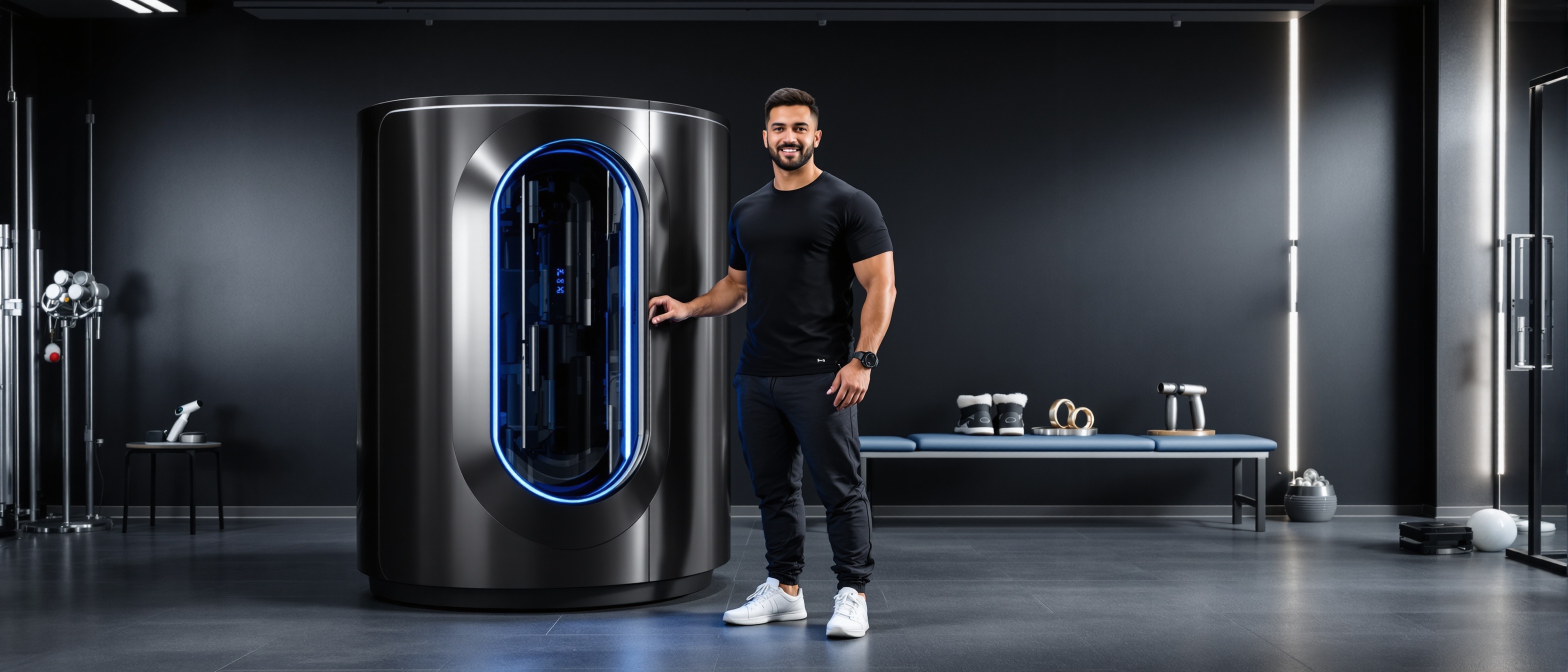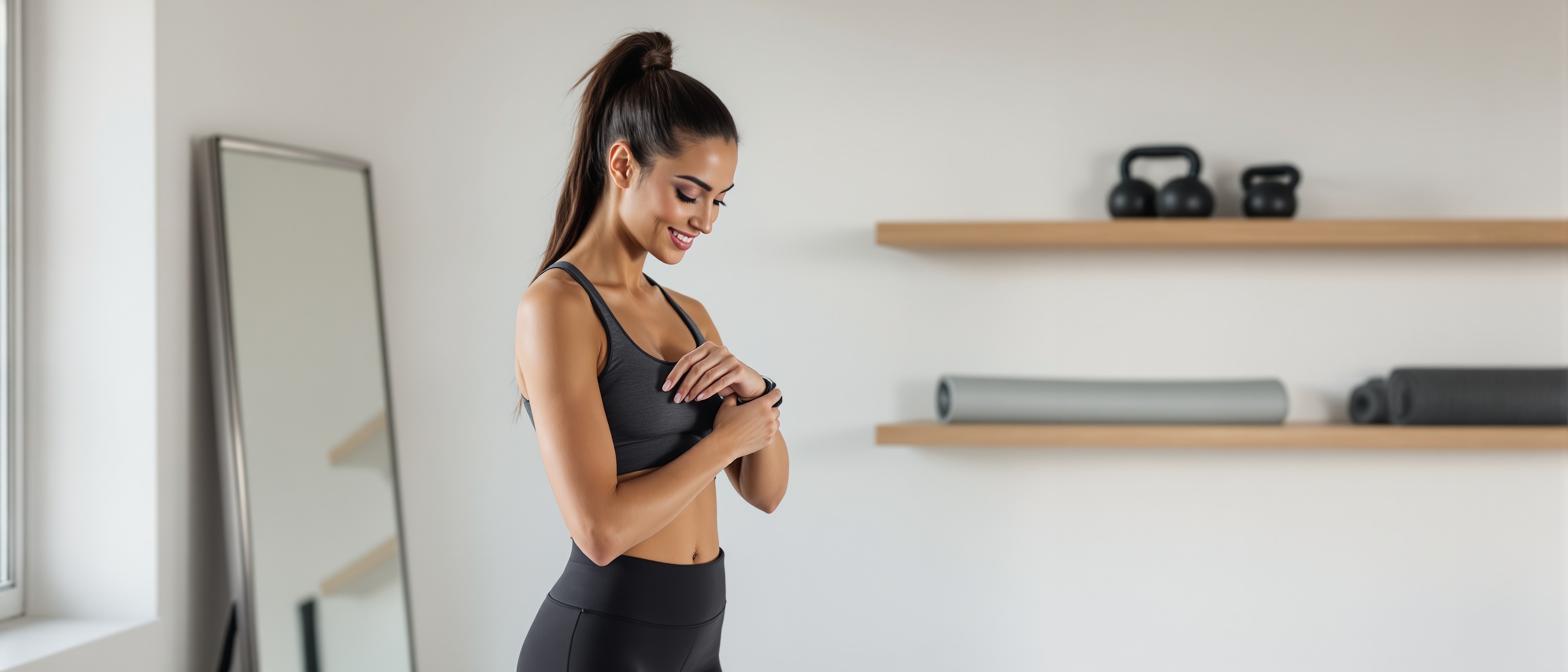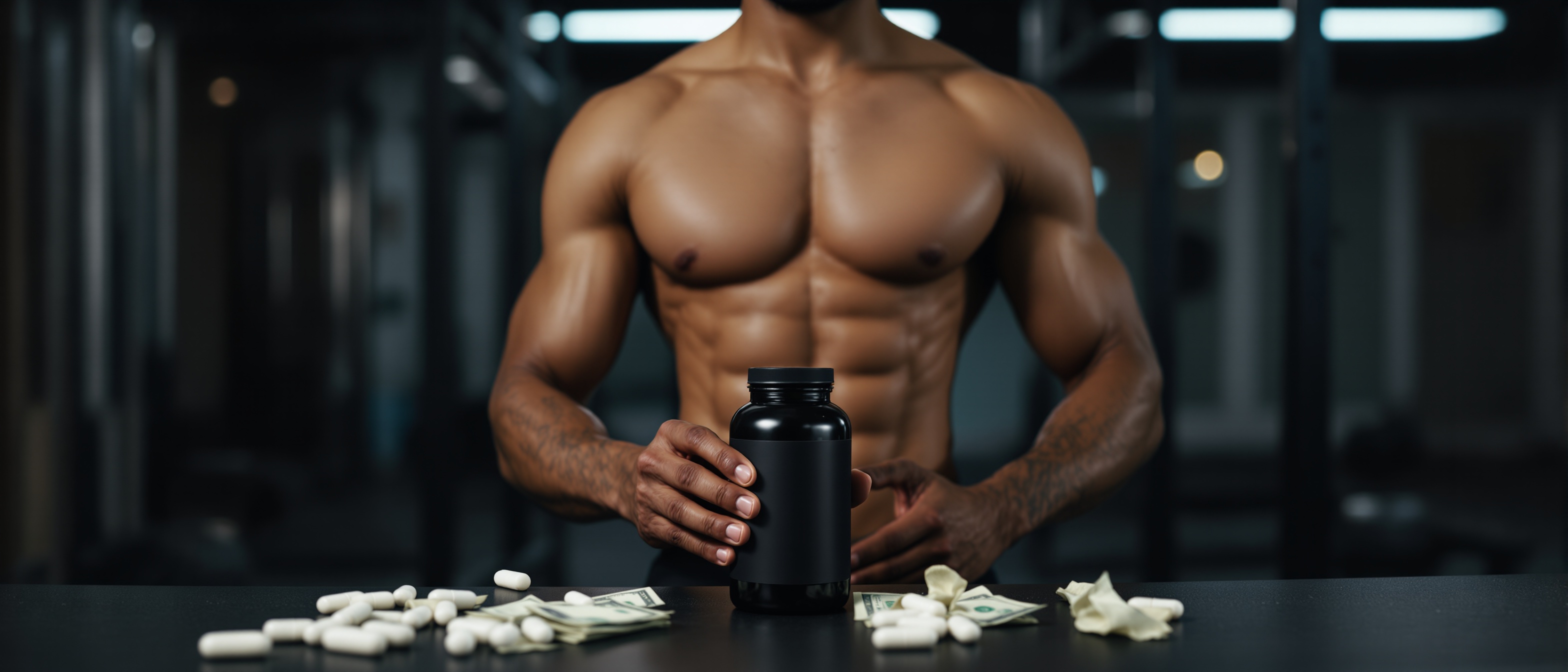What They Don't Tell You About Staying Strong at 80
Your gym buddy's still chasing mirror muscles. But here's what the science actually says about staying strong at 80.
Searches for "longevity fitness" have exploded 847% in the past two years. Professional fitness organizations are quietly shifting their messaging. The ACSM—the gold standard in exercise science—just ranked functional fitness and strength training for older adults as their top trends for 2025. Translation? The industry knows something most people don't.
Your 30s workout shouldn't look like your 70s workout. But if you're not thinking about your 70s workout now, you're already behind.
What Functional Training Actually Means for Your Future Self
Forget the buzzword bingo. Functional training isn't about balancing on a BOSU ball while juggling kettlebells. It's about training movements that keep you independent.
Think about it: When's the last time you had to bench press something off your chest in real life? Now think about the last time you had to get up from a chair, carry groceries up stairs, or catch yourself from stumbling.
That's functional training. And here's why it matters more than your PR:
Every year after 30, you lose 3-8% of your muscle mass. By 50, that loss accelerates. By 70, you're looking at 30-50% less muscle than you had at 25. But here's the kicker—most of that muscle loss happens in the exact muscles you need for daily tasks.
Your glutes. Your core. Your posterior chain. The stuff that keeps you upright, stable, and moving like a human instead of a question mark.
But here's what they don't tell you about aging…
The Evidence That Changes Everything
A 2023 comprehensive review in PMC analyzed thousands of older adults and found something striking: Exercise interventions focusing on functional movement patterns reduced fall risk by up to 42%. Not 4%. Forty-two percent.
Falls are the leading cause of injury-related death in people over 65. But here's the twist—it's not the fall that gets you. It's what happens after. Hip fractures lead to immobility. Immobility leads to muscle loss, cardiovascular decline, and a cascade of health issues.
The Cochrane Review—basically the Supreme Court of medical research—analyzed 108 studies and concluded that strength and balance training doesn't just prevent falls. It preserves independence.
Translation: The right exercises today determine whether you're climbing mountains at 75 or struggling to climb stairs.
Tufts University researchers put it bluntly: "Exercise that targets functional movements is the closest thing we have to a fountain of youth."
Sounds dramatic? Maybe. But when you see the data, it's hard to argue.
But here's where most people get it wrong…
The Exercises That Actually Move the Needle
Your Instagram feed is full of complex movements and fancy equipment. But longevity training? It's embarrassingly simple.
Here are the movement patterns that research shows matter most:
The Hip Hinge (Deadlift Pattern) This isn't about lifting heavy weight off the floor. It's about bending over to pick up your grandkid without throwing out your back.
- Beginner: Romanian deadlift with bodyweight or light dumbbells
- Intermediate: Conventional deadlift, single-leg RDL
- Advanced: Trap bar deadlifts, deficit deadlifts
Progression tip: Master the hip hinge with a PVC pipe against your back before adding weight. Your spine will thank you in 30 years.
The Squat (Getting Up and Down) Every time you sit down and stand up, you're squatting. Lose this pattern, and you lose independence.
- Beginner: Chair-assisted squats, box squats
- Intermediate: Goblet squats, front squats
- Advanced: Back squats, single-leg squats
The game-changer: Practice getting up from a chair without using your hands. Can't do it? Start there.
Single-Leg Stability Life doesn't happen on two feet. Stairs, uneven ground, catching your balance—it's all single-leg stability.
- Beginner: Single-leg stands with support
- Intermediate: Single-leg glute bridges, step-ups
- Advanced: Single-leg squats, lateral lunges
Core Integration (Not Crunches) Your core isn't your abs. It's everything that keeps you upright and stable during movement.
- Beginner: Dead bugs, bird dogs, planks
- Intermediate: Pallof press, farmer's walks
- Advanced: Turkish get-ups, loaded carries
Here's the thing most trainers won't tell you: You don't need to master every exercise. You need to own the basics and progress slowly.
But the real magic happens when you put it all together…
Your Durability Blueprint: A Weekly Plan That Actually Works
Forget the 6-day body part splits. Longevity training is about consistency, not intensity.
Here's what the research supports:
2-3 Sessions Per Week Maximum More isn't better. Recovery is where the magic happens, especially as you age.
Monday/Thursday Structure:
- 5 minutes movement prep (arm circles, leg swings, gentle twists)
- 20 minutes strength focus:
- Hip hinge pattern (3 sets of 8-12)
- Squat pattern (3 sets of 8-12)
- Single-leg work (2 sets of 6-8 each leg)
- Core integration (2 sets of 30-60 seconds)
- 5 minutes mobility cooldown
Optional Saturday Session:
- 15 minutes of movement you enjoy
- Focus on what feels tight or neglected
- Think yoga, walking, swimming, or dancing
The key principles:
- Progress slowly (add weight/reps/difficulty every 2-3 weeks)
- Focus on quality over quantity
- Listen to your body (joint pain = back off, muscle fatigue = normal)
- Consistency beats perfection
Start with bodyweight. Master the patterns. Add resistance gradually. Your 80-year-old self will write you thank-you notes.
The Reality Check
Here's what nobody wants to hear: You can't out-supplement poor movement patterns. You can't biohack your way out of muscle loss. And you can't Instagram your way to functional strength.
But here's what you can do: Start simple. Stay consistent. Think decades, not weeks.
The fitness industry wants you chasing the next big thing. But longevity training? It's boringly effective. No apps required. No complicated protocols. Just your body, some basic equipment, and the wisdom to play the long game.
TL;DR - The Essentials
• Functional training = training movements that keep you independent • Research shows 42% reduction in fall risk from the right exercises • Master these patterns: hip hinge, squat, single-leg stability, core integration • 2-3 sessions per week beats daily burnout every time • Consistency over intensity—your future self depends on what you do consistently, not occasionally • Start with bodyweight, progress slowly, focus on decades not weeks
Your gym buddy will keep chasing PRs. You'll be the one still moving at 80. Sometimes the boring choice is the smart choice.
Sources
https://www.sunnysports.com/blog/top-10-fitness-trends-to-watch-in-2025/





